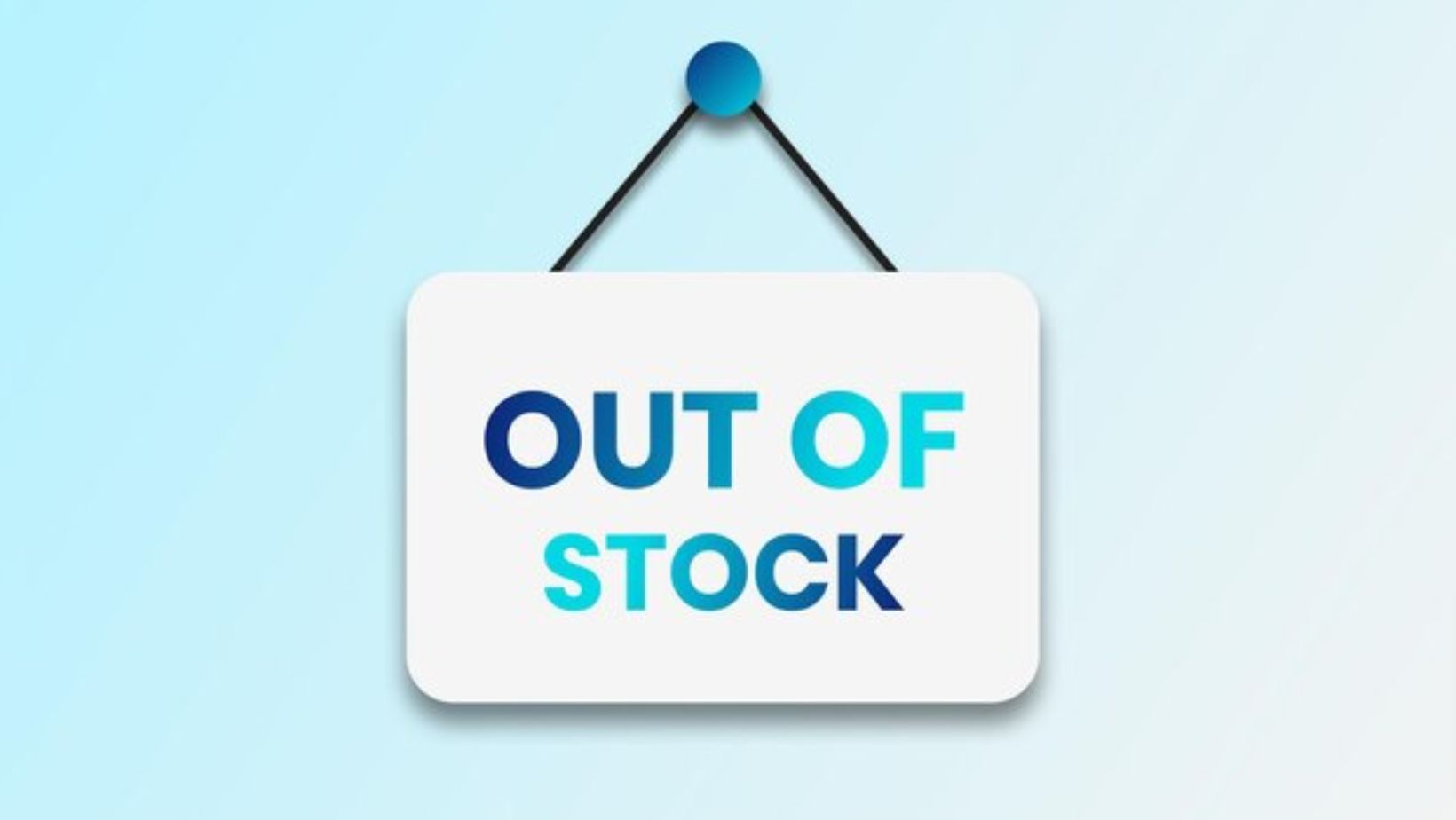All week, you’ve been craving your go-to meal at your favorite diner; it’s all you can think about. Then, finally, the stars align, and you have some time to indulge.
You sit down at your favorite booth, ready to dig into a succulent meal, and the waitress tells you they’re out. As you go through the 5 stages of grief, you have to figure out what to do.
Do you call it quits and head back home, sulking, or do you try something new? You decide to try something else on the menu, and you realize it’s not so bad after all.
That’s pretty much what happens when there’s a pharmaceutical shortage: communities have to get creative, think on their feet, and devise alternatives. Let’s break down how local communities turn these sticky situations into manageable moments.
Local Collaboration: The Power of Community
When drug shortages hit, local pharmacies, healthcare providers, and community organizations rally together to find solutions. It’s like everyone in the neighborhood bringing their best dish to the potluck; everyone shares resources, communicates closely, and keeps tabs on stock levels and alternative treatments. This collaborative effort ensures no one lacks essential medications.
Sometimes pharmacies even lend or borrow stock from one another to meet immediate needs. This kind of community spirit can make all the difference when a critical medication is in short supply. It’s about neighbors helping neighbors, and it’s nothing short of inspiring.
Alternative Therapies: Thinking Outside the Pill Box
When specific medications become scarce, healthcare providers often turn to creative alternative therapies. For example, if a particular drug isn’t available, doctors might prescribe a different medication with similar results. This approach requires flexibility and resourcefulness but can help minimize the impact of shortages.
One recent example involves Wegovy, a popular weight-loss medication that has been in high demand. As availability fluctuates and patients face concerns over the price of Wegovy, many people have been left without their prescribed treatment. In response, healthcare providers are exploring other options, such as alternative medications and lifestyle-based interventions, to help patients achieve their weight management goals.
Some physicians have begun advocating for structured health and fitness programs as sustainable alternatives, offering personalized nutrition plans, exercise guidance, and ongoing support. By combining professional advice with healthy lifestyle changes, patients can continue working toward their goals—even when their first-choice medication isn’t available or affordable.
Policy Understanding and Advocacy: Navigating the Bureaucratic Maze
Navigating pharmaceutical shortages also involves understanding and influencing policies. Local governments and healthcare organizations often advocate for changes that can alleviate these issues. These changes might include pushing for faster approval of generic drugs, improved supply chain transparency, and better communication between manufacturers and healthcare providers.

Community members can also get involved. By staying informed and voicing their concerns to local representatives, they can help drive policy changes that ensure a more reliable medication supply. It’s about turning frustration into action and making sure those in power understand the real-life impact of drug shortages.
Staying Prepared: A Community Effort
Preparation is the key to handling pharmaceutical shortages. Communities that stay prepared fare better when shortages hit. Preparation means monitoring medication stock levels, creating contingency plans, and educating patients about their options.
Local health departments and community organizations often run awareness campaigns to keep everyone informed. These campaigns provide tips on managing medication use, understanding prescription alternatives, and knowing who to contact in case of a shortage. It’s like a community fire drill but for your health.
Conclusion
The next time you hear about a drug shortage, remember that behind the scenes, a community of dedicated individuals is working tirelessly to ensure everyone gets the care they need. And that’s something we can all be proud of.

